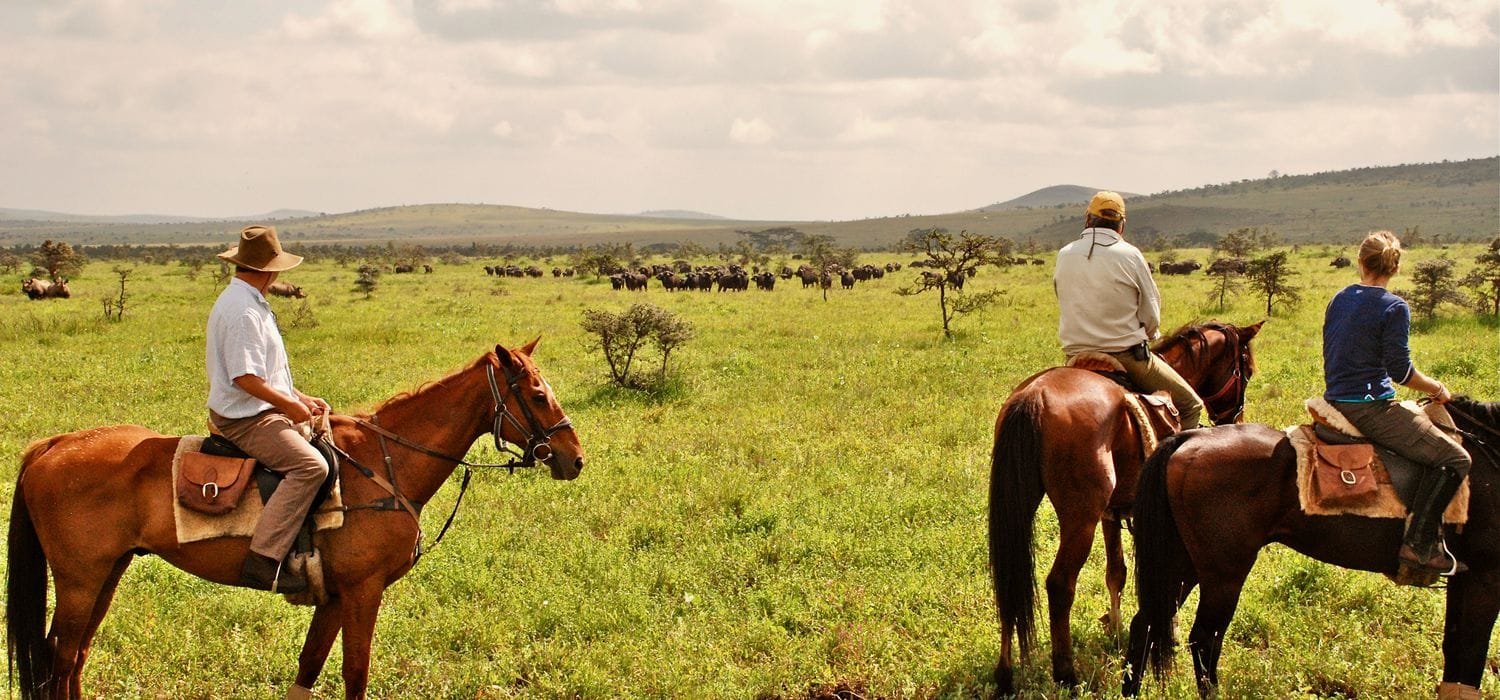The Borana Horse is a rare and unique breed native to Ethiopia, specifically the Borana region in the southern part of the country.
Known for its resilience, stamina, and agility, the Borana Horse has adapted to the harsh, rugged environment of the region. Though the breed is not widely known internationally, it plays an essential role in the culture and daily life of the local communities, being primarily used for transportation, herding, and ceremonial purposes.
History and Origin
The Borana Horse’s origins are deeply tied to the indigenous Borana people of Ethiopia, who have a long history of pastoralism. The breed is thought to be an ancient type of horse that evolved to withstand the extreme conditions of the Borana Plateau, which is characterized by dry, harsh terrain and extreme weather. This horse is believed to be a mix of indigenous African breeds and possibly some influences from Arabian horses due to historical trade routes.
For centuries, the Borana Horse has been integral to the Borana people’s way of life, used for herding livestock, transportation, and as a symbol of wealth and status. Over time, these horses have developed a reputation for their toughness, stamina, and ability to thrive in difficult environments.
Feature Details
| Feature | Details |
|---|---|
| Origin | Southern Ethiopia, specifically the Borana region. |
| Height | 13.2 to 14.2 hands (4’4″ to 4’8″). |
| Weight | 700 to 900 pounds. |
| Coat Color | Common colors include chestnut, bay, and black. |
| Temperament | Calm, docile, hard-working, and resilient. |
| Strength | Small but muscular, with strong hooves and a durable body. |
| Training Ability | Primarily used for herding, transportation, and ceremonial purposes. |
| Primary Disciplines | Herding, transportation, and cultural events. |
| Gait | Sure-footed and steady, well-suited for rough terrain. |
| Suitability | Best suited for rural and working environments. |
| Care Requirements | Low maintenance, adapted to arid conditions, regular grooming and hoof care. |
| Performance | Excellent endurance, ability to travel long distances and work in tough conditions. |
Physical Characteristics
Borana Horses are generally small to medium-sized horses, standing about 13.2 to 14.2 hands (4’4″ to 4’8″) and weighing between 700 to 900 pounds. Despite their smaller stature, these horses are well-built with muscular, durable bodies that allow them to endure long distances in tough conditions.
The breed typically has a short, strong neck, a compact body, and sturdy legs, ideal for traveling long distances across rugged terrain. Their coats are generally short and can be found in various colors, including chestnut, bay, and black. Their hooves are strong and hardy, perfectly suited for the rocky and uneven ground of the Borana region.
Feature Details
The Borana Horse is known for its hardiness and resilience, but it also possesses a calm and docile temperament. These horses are generally friendly and easy to handle, making them ideal for work in both rural and ceremonial settings. Their calm demeanor allows them to work efficiently in herding livestock or carrying loads across long distances.
While the breed is calm, they also have a high level of stamina and energy when required, especially when performing tasks like herding or traveling over long distances.
Training and Skills
Borana Horses are highly adaptable, and their primary role has traditionally been in herding and transporting goods across difficult terrain. They are well-suited for tasks that require endurance, agility, and resilience.
These horses are not typically trained for competitive riding but are valuable working animals. They are skilled in traveling long distances, often used for transporting goods in rural areas, and have proven their worth in both daily tasks and ceremonial activities.
Although not often seen in competitive equestrian sports, Borana Horses possess natural abilities in other areas such as light draft work, and their agility and sure-footedness make them highly effective for working in rough landscapes.
Care and Maintenance
Borana Horses are hardy and well-adapted to the arid conditions of their native environment. They are generally low-maintenance and do not require the intensive care that some more domesticated breeds might need. Their diet mainly consists of grazing, and they are able to find food in challenging landscapes.
However, like all horses, they require regular grooming, hoof care, and access to water, especially during the hotter months. Veterinary care is important to ensure they stay healthy and disease-free, though in their native environment, these horses tend to be fairly resilient against common health issues.
Borana Horse in Culture and Work
The Borana Horse has a deep cultural significance to the Borana people. It is not only a valuable working animal but also a symbol of wealth and prestige. Horses are often part of social rituals and ceremonies, including weddings and other cultural events. They are also used in traditional forms of racing and competitions, where they demonstrate their agility and endurance.
In terms of work, these horses are indispensable for livestock herding and transportation. They are often used to carry goods across the rough, mountainous landscapes of southern Ethiopia, a region where other means of transportation may be impractical. Their strong hooves and ability to navigate tough terrain make them the perfect companions for these tasks.

